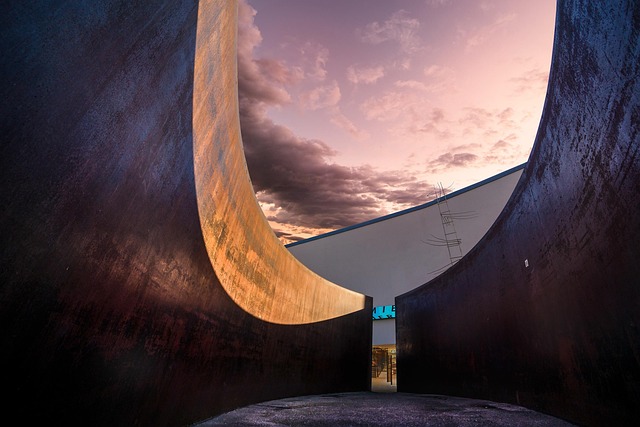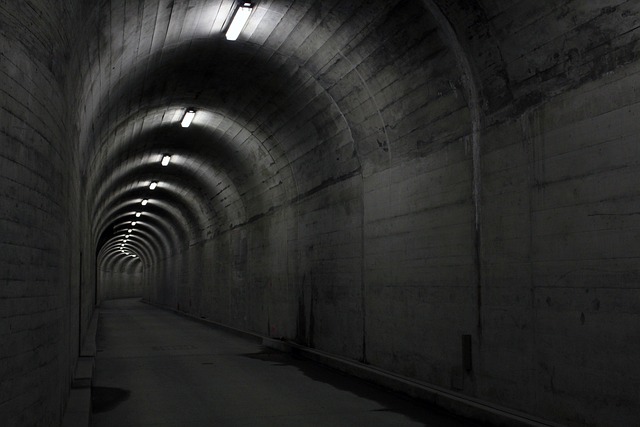Exploring the Impact of Site-Specific Installations in Contemporary Art
In the vast realm of contemporary art, few genres captivate the imagination quite like site-specific installations. These immersive experiences transcend traditional boundaries and encourage viewers to engage with art in a deeply personal way. With each installation, the environment itself becomes an integral part of the artwork, creating a dialogue between the piece and its surroundings that transforms ordinary spaces into extraordinary realms of expression.
The Essence of Site-Specific Installations
At its core, a site-specific installation is designed with a particular location in mind. Artists painstakingly consider the physical, cultural, and social contexts of the site, ensuring that their work resonates with the unique characteristics of the environment. This careful consideration not only enhances the viewer’s experience but also invites a deeper understanding of how art interacts with the world around us.
Imagine walking into a gallery and being met not just by the art but by the very fabric of the space itself. Perhaps you’re standing in a cavernous warehouse where the echoes of sound fill the air, amplifying an installation that seemingly expands to touch every corner of the room. Or you might find yourself in a tranquil garden, where delicate sculptures emerge organically from the landscape, encouraging you to ponder the relationship between nature and human creativity.
Transforming Perception
One of the most striking impacts of site-specific installations is how they alter the perception of a space. Often, they challenge our preconceived notions of architecture and functionality. For instance, an artist might repurpose an old factory into an art sanctuary, utilizing its gritty character to highlight themes of decay and rebirth. Viewers are compelled to see the beauty in imperfection, redefining their relationship with the spaces they inhabit.
This transformation isn’t limited to physical alterations; it also encompasses emotional and psychological shifts. As spectators wander through these environments, they are prompted to reflect on their surroundings, igniting conversations about identity, community, and shared experiences. The inclusivity of site-specific installations invites every visitor to partake in a unique journey, one that resonates individually while echoing collective sentiments.
Bridging Communities
Beyond aesthetic pleasure, site-specific installations often serve as powerful platforms for social commentary. Many artists use their work to address pertinent issues such as environmental concerns, cultural identity, and socio-political challenges. By integrating local narratives into their installations, artists forge a connection with the community that can be both enlightening and healing.
For instance, an installation in an urban neighborhood may incorporate local materials and stories, making it a collective vessel of memory and identity. This participatory approach allows the community to engage with art on a personal level, fostering pride and ownership. The installation becomes a catalyst for dialogue, bringing people together to share their experiences and perspectives.
The Lasting Impression
As we immerse ourselves in the world of site-specific installations, we come to understand that art is not merely an object to be observed but an invitation to participate in a larger narrative. The impact of these installations lingers long after the artwork is taken down, leaving an indelible mark on our consciousness and how we interact with the spaces around us.
In every unique installation, there lies the promise of discovery, reflection, and connection. As we step into these carefully curated environments, we’re reminded of the profound relationship between art, place, and the human experience. Each visit becomes a shared experience—one that invites us to explore not only the artwork but also our place within the larger tapestry of life.




